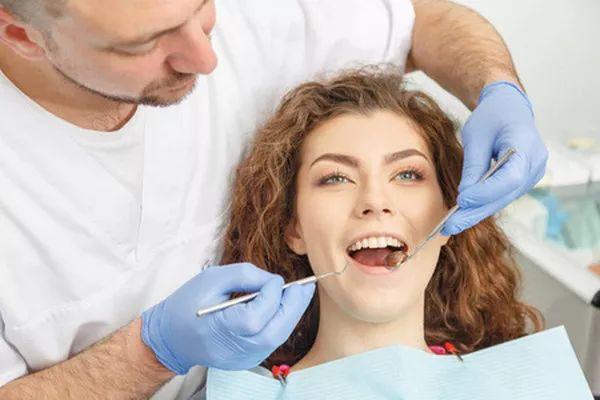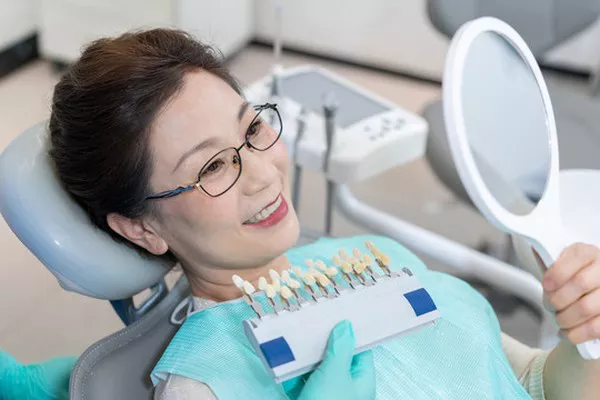LED light has become a popular technology in teeth whitening procedures due to its ability to enhance the effects of the whitening agent. But what is it about LED light that makes it so effective in teeth whitening?
The answer lies in the way that LED light interacts with the whitening agent, typically a hydrogen peroxide or carbamide peroxide gel. LED light helps to activate the whitening agent, which then reacts with the stains on the teeth, breaking them down and lifting them away.
- LED light also helps to accelerate the chemical reaction between the whitening agent and the teeth.
This is because LED light energy is absorbed by the molecules in the whitening agent, causing them to vibrate and release more oxygen ions. This increased oxygen release helps to speed up the whitening process, resulting in a brighter and whiter smile in a shorter amount of time.
- In addition to its whitening effects, LED light also has other benefits for the teeth and gums.
It can help to reduce tooth sensitivity that can occur during and after whitening procedures. LED light can also promote gum health and reduce inflammation in the mouth.
- LED light comes in different wavelengths, each of which has its own benefits.
Blue light is the most commonly used in teeth whitening procedures, as it has been found to be particularly effective in enhancing the whitening agent’s effects.
Overall, LED light technology is a safe and non-invasive way to enhance the effects of teeth whitening procedures. By activating the whitening agent and speeding up the chemical reaction between the agent and the teeth, LED light can help to achieve a brighter and whiter smile in a shorter amount of time. With its additional benefits for tooth and gum health, it’s no wonder that LED light has become a popular tool in teeth whitening procedures.
































